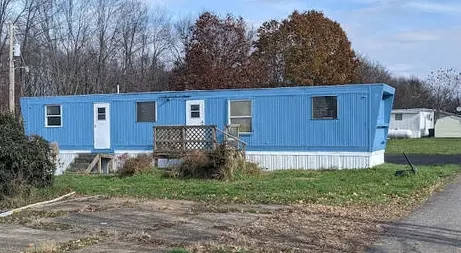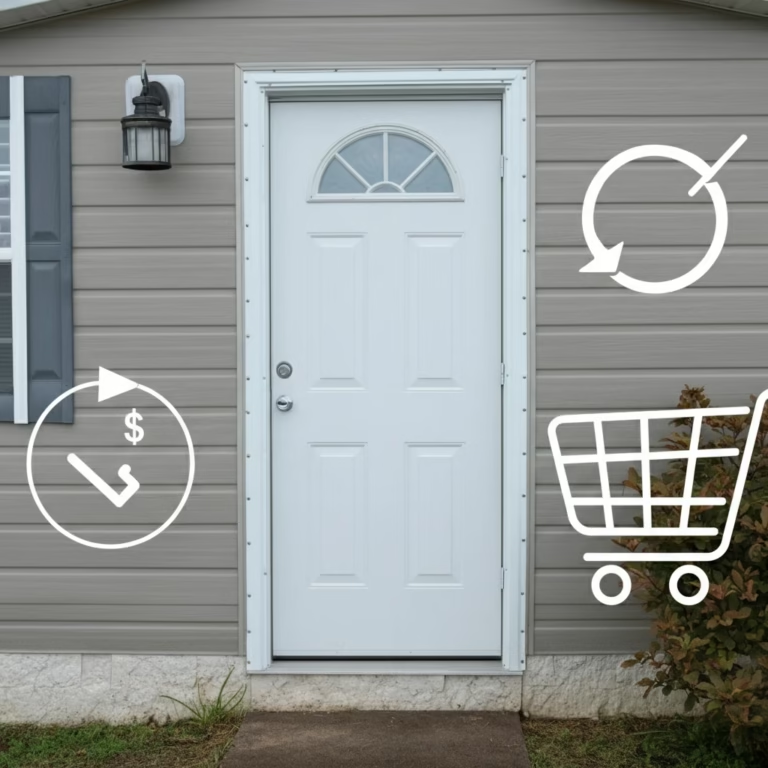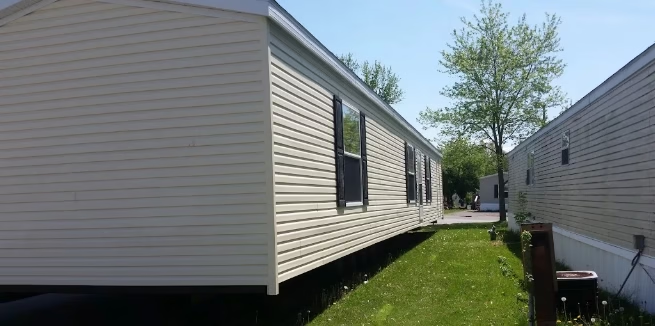1940s Mobile Home: A Nostalgic Look at Early Mobile Living
The mobile home has come a long way, evolving in style, structure, and function over the decades. However, 1940s mobile homes hold a special place in housing history, symbolizing both the practicality and charm of early portable living. During the 1940s, these homes were built with functionality in mind, catering mostly to families and individuals seeking affordable housing during wartime and post-war periods. Exploring mobile homes from that era provides a glimpse of simpler living, where essential amenities merged with compact designs to create cozy, efficient spaces.
This article dives deep into the history, rise, and cultural significance of 1940s mobile homes, contrasting them with trailers of the 1920s and post-war models from the 1950s and 1970s. Whether you’re interested in finding a 1940s mobile home for sale or are simply fascinated by vintage design, this guide will take you through the timeline of mobile home evolution, complete with a comparative table for easy reference.
The Origins of Mobile Homes
Early Beginnings in the 1920s
The mobile home movement began as early as the 1920s, but the models from that time bear little resemblance to the mobile homes we know today. A 1926 mobile home, for example, was often nothing more than a wooden or metal trailer hitched to a car. These early homes were used primarily for camping and traveling rather than long-term stationary living.
Birth of the 1930s Mobile Home
By the 1930s, mobile homes began taking on more recognizable forms. A 1930s mobile home often featured basic yet functional interiors, resembling small cabin-like spaces complete with foldable furniture and compact kitchens. They were still mobile enough for frequent relocation, but their design hinted at the potential for modern static mobile homes.
The Impact of the 1940s
The 1940s marked a turning point. World War II and the ensuing housing shortages led to the development of mobile homes as a more permanent living option. Manufacturers began constructing larger, sturdier homes with the goal of catering to working families. These homes began offering fixed layouts complete with living areas, bedrooms, and kitchenettes. A 1940s mobile home was built for efficiency and durability, often using materials like aluminum, steel, and wood.
How 1940s Mobile Homes Shaped the Industry
The uniqueness of the 1940s mobile home lies in its ability to address a variety of housing challenges in a time of economic uncertainty. These homes represented a bridge between temporary trailers and the more sophisticated manufactured homes of later decades.
Key Features of 1940s Mobile Homes
- Compact Design: The 1940s mobile homes were often around 8-10 feet wide and 20-30 feet long, making them easy to transport yet spacious enough for families.
- Durability: Strong materials like metal exteriors ensured their longevity, allowing many to survive to this day.
- Basic Amenities: These homes typically offered a kitchenette, sleeping quarters, and a small lounge area. While modest, they provided many families with a safe and affordable home.
- Customization: Some 1940s mobile homes included options for additional storage or expandable features, such as folding tables and convertible beds.
Cultural Significance
These homes also became a symbol of the post-war era. Veterans returning from World War II often sought affordable housing, making the 1940s mobile home a popular choice. Communities of mobile homes began forming, fostering camaraderie and social connection among residents.
Exploring Later Designs (1950s to 1970s)
The evolution of mobile homes didn’t stop in the 1940s. The succeeding decades brought even greater innovations as manufacturers optimized designs for better comfort and functionality.
1950s Mobile Homes
A 1950s mobile home signified a shift toward residential living with more permanent layouts. Homes from this era came equipped with features such as larger bedrooms, integrated bathrooms, and more advanced kitchen appliances. They also sported brighter, more cheerful designs, capturing the optimism of the post-war boom.
Mobile Homes from the 1970s
By the 1970s, mobile homes had fully transitioned into what we now recognize as manufactured housing. Mobile homes from the 1970s featured far more spacious interiors, often resembling small suburban houses. The 1970s mobile home interior introduced concepts like open floor plans, built-in storage, and decorative finishes that made these homes far more appealing to middle-class families.
Table of Mobile Home Eras
To help you better understand the evolution of mobile homes, here’s a comparative look at key features and prices across different time periods.
| Era | Key Features | Average Price Range (Today) |
|---|---|---|
| 1926 Mobile Home | Small trailer, used mainly for camping | $5,000 – $15,000 |
| 1930s Mobile Home | Cabin-style interiors, foldable furniture | $8,000 – $20,000 |
| 1940s Mobile Home | Fixed design, family-friendly, basic amenities | $15,000 – $30,000 |
| 1950s Mobile Home | Added bedrooms, built-in kitchen appliances | $20,000 – $40,000 |
| 1960s Mobile Home | Improved insulation, larger dimensions | $25,000 – $50,000 |
| Mobile Homes from the 1970s | Open floor plans, decorative interiors | $30,000 – $60,000 |
| Renovated 1940s Model | Restored interiors, modern upgrades | $25,000 – $50,000 |
| Vintage Collectibles | Original 1940s mobile home for sale in pristine condition | $30,000 – $60,000 |
| 1970s Mobile Home Interior | Shag carpets, bold color palettes, retro appliances | $35,000 – $65,000 |
| Modern Manufactured Homes | Energy-efficient, high-tech features, larger floor plans | $70,000 – $150,000 |
Understanding the Table
- Era Comparison: From simple 1926 camping trailers to the larger and more detailed designs of the 1970s, mobile homes have clearly evolved over time.
- Cost Insight: Restored and vintage models of older mobile homes often fetch higher prices due to their historical value, while modern designs focus more on contemporary lifestyle needs.
Why You Might Want a 1940s Mobile Home Today
A Piece of Living History
Owning a 1940s mobile home gives you a tangible connection to a time when resourcefulness and practicality were paramount. For history enthusiasts or vintage collectors, these homes represent both a functional asset and a meaningful artifact.
Restorability and Customization
Many older mobile homes are ripe for restoration. With a little creativity, you can preserve their historical charm while incorporating modern enhancements. For example, you can keep the original aluminum siding but upgrade the interior with insulation, plumbing, and energy-efficient lighting.
Affordable Vintage Living
Unlike fully modern manufactured homes, 1940s mobile homes for sale often come at a lower price tag, making them an affordable option for those with a passion for retro design.
Where to Find 1940s Mobile Homes for Sale
If you’re looking to own a piece of mid-20th century history, options are available across various platforms, from vintage housing specialists to online marketplaces. Searching for “1940s mobile home for sale near me” is an excellent way to start your hunt for local options. Just be prepared to invest in repairs and upgrades for some older models.
Final Reflections
The 1940s mobile home embodies the spirit of efficiency and adaptability—a story of how affordable housing evolved to meet the needs of its time. From the modest trailers of the 1920s to the colorful interiors of mobile homes from the 1970s, each era has played a pivotal role in shaping today’s manufactured housing market.
For those who appreciate vintage design and history, owning a 1940s mobile home for sale offers more than a place to live; it’s an opportunity to own a piece of bygone Americana. And with the right restorations, these gems can shine again, offering both nostalgia and practicality for the modern era.






